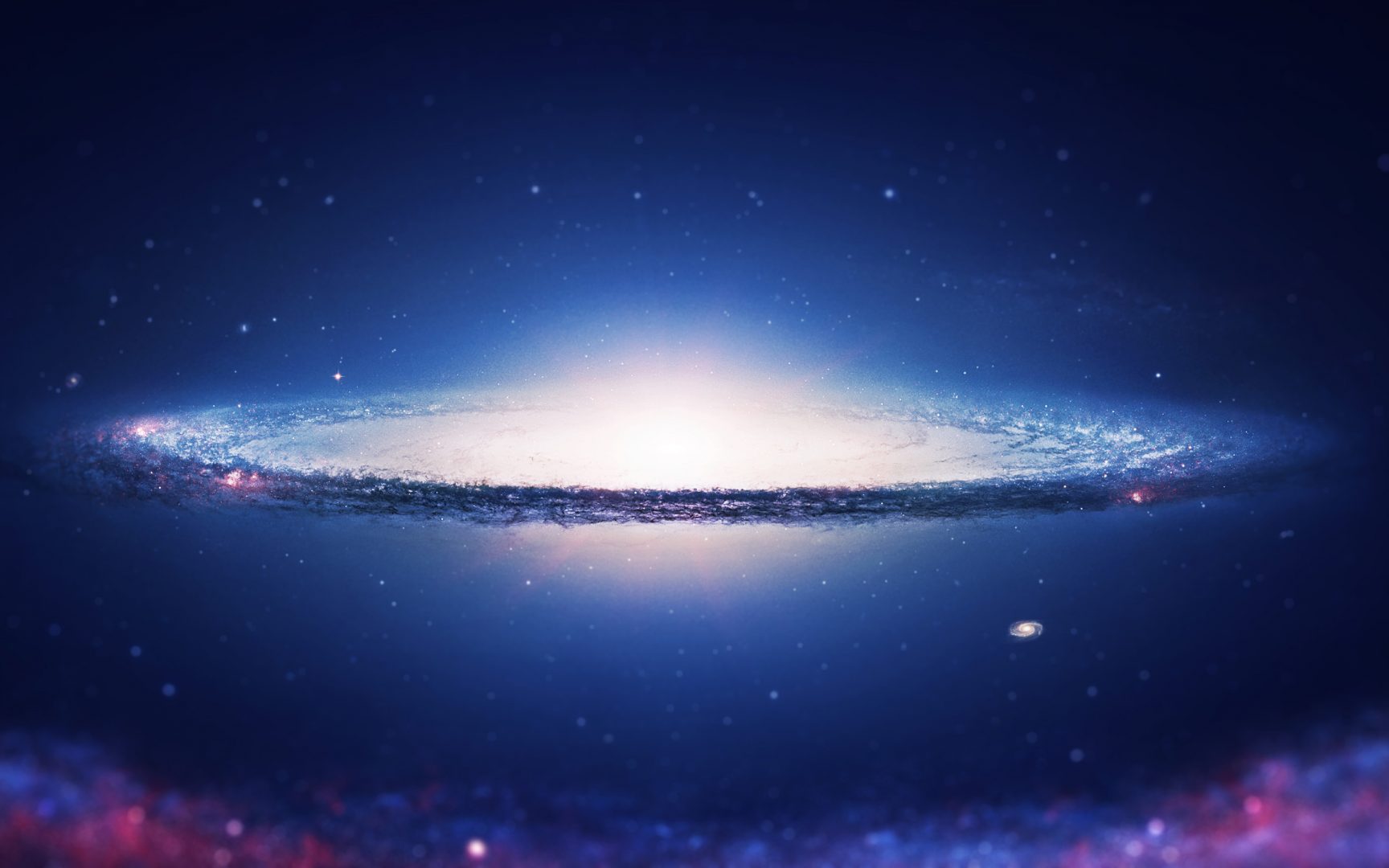[dropcap size=small]A[/dropcap]gglomerations of plasma, hydrogen and stellar dust: here comes the nebula, gaseous clusters which owe their brightness to the stars nearby. The latter, yielding enormous quantities of light energy, excite the cosmic gas and give off a crazy light show and color. All nebulae are drawn “on file” in the nebular catalogs, collections of celestial bodies other than stars, which are mainly two: the Messier and the New General Catalogue.
Via the roundup!
[divider]1. Eagle Nebula[/divider]
Let’s start with NGC 6611, the Eagle Nebula. Belonging to the Milky Way, it creates unusual shapes such as the Pillars of Creation, structures composed of clusters of highly dense gas that are cataloged in Roman numerals. A marvel far about 5,700 light years from Earth.
[divider]2. Nebula NGC604[/divider]
2,700 light years far from us is NGC 604, a nebula belonging to the Triangulum Galaxy. It is a sort of “nursery”. At its core, it is a cluster of more than 200 young stars, that by ionizing the gas of the nebula makes it very colorful and bright.
[divider]3. Orion Nebula[/divider]
The Orion Nebula, NGC 1976 is one of the most notorious and observed by astronomers. This cluster gas is “only” 1270 years light from our Solar System, close enough to allow amateur observations, although it is about 6,300 times dimmer than NGC 604. Extending to 24 years light, containing and incorporating different stars in 2000, the Orion Nebula offers a wide range of colors and space. You could take the same picture dozens of times and never get bored.
[divider]4. Helix Nebula[/divider]
Even closer to our Earth is NGC 7239. Initially called Helix Nebula, has subsequently earned the name of God’s eye for its clear shape. It is part of the planetary nebulae formed at the end of the life cycle of a solar star, which is the time it shines in a very intense, making the gases expel fluorescent.
[divider]5. Crab Nebula[/divider]
The Crab Nebula, NGC 1952, was born from the explosion of a supernova. An explosion so powerful that it can shine, for a time, more than an entire galaxy. It is 6,500 light years away from our Solar System. It was recorded by astronomers in 1054: in that year, the dazzling phenomenon of its creation was seen from Earth with the naked eye during the day.
[divider]6. Horsehead Nebula[/divider]
Different from the ones seen so far is the Horsehead Nebula, also called B33. It is part of the dark nebulae, clusters mostly consist of hydrogen and helium and dust absorbing the light: therefore, in spite of the others, this one does not reflect colors strobe. The name is justified by a unique shape, even more recognizable thanks to IC 434, a nebula of the horse that generates spectacular backgrounds.
[divider]7. Nebula Thor[/divider]
Fans of Norse mythology, or more simply Marvel will turn their eyes to 30 light-years away, towards the constellation of Canis Major, where they can admire NGC 2359, the nebula commonly called as Elmo Thor due to its particular shape.
[divider]8. Butterfly Nebula[/divider]
The Butterfly Nebula , or NGC 6302, a cluster bipolar reminiscent of two wings of a butterfly. At the center of the “wings” is a star recorded as one of the hottest objects in our galaxy : more than 190,000 degrees Celsius in the state surface!
[divider]9. Carina Nebula[/divider]
We are ending the list with a flourish with the Carina Nebula, NGC 3372. Part homonymous constellation, it is the size of 260 light years, standing as one of the biggest celestial bodies within the Milky Way. In addition to countless stars, it also contains smaller nebulae within itself, such as the homunculus and Nebula Keyhole Lock .
